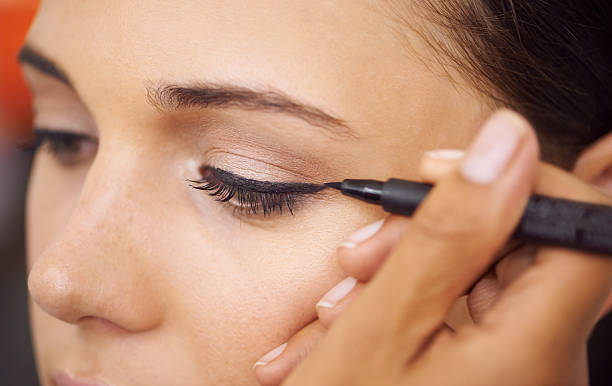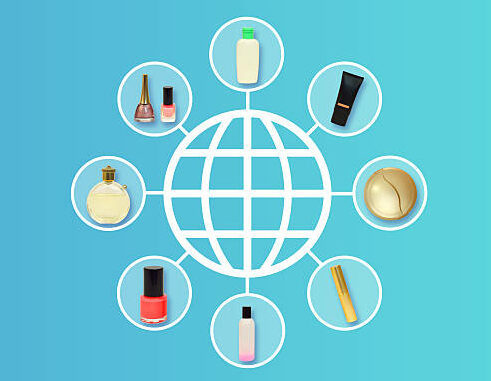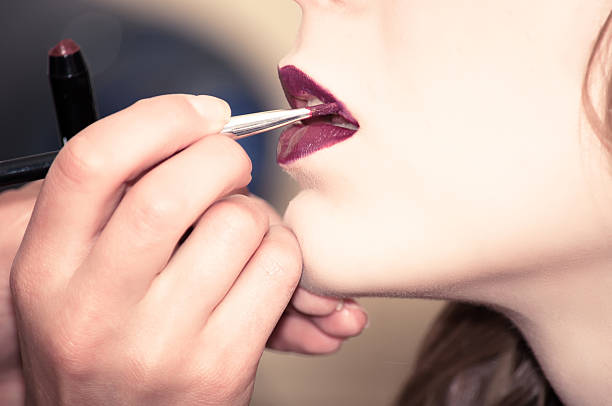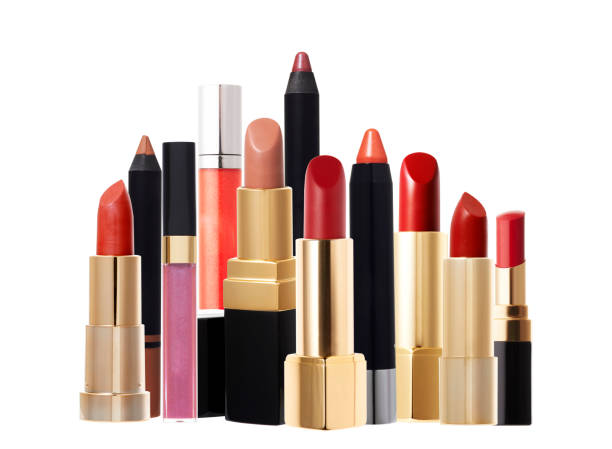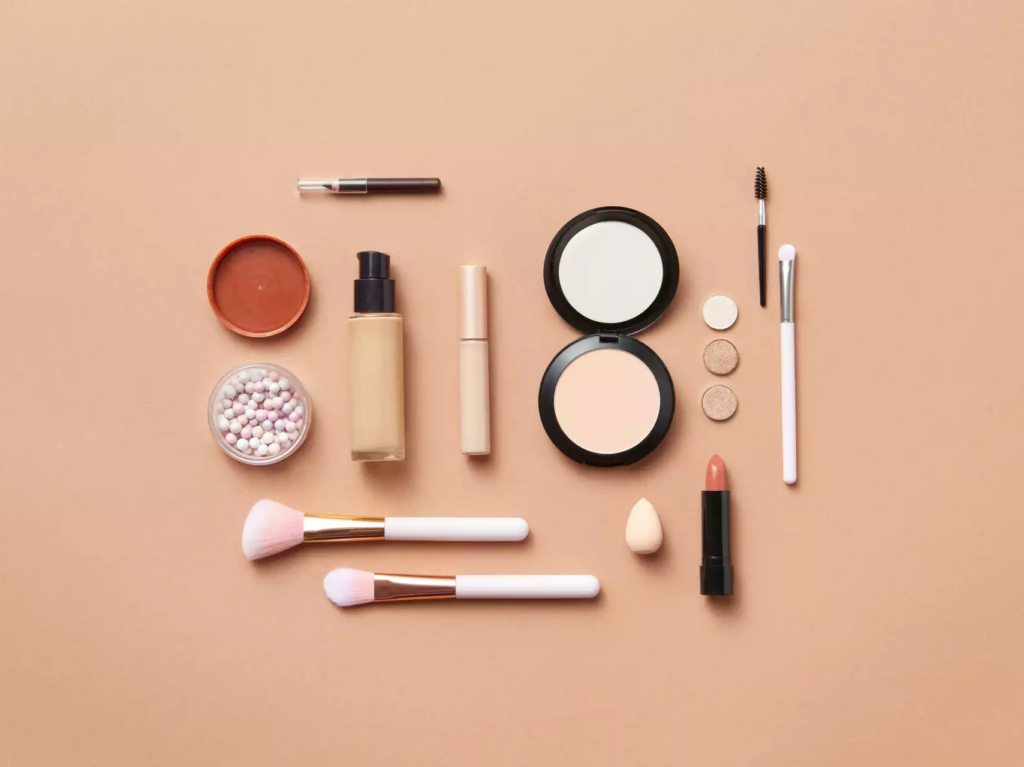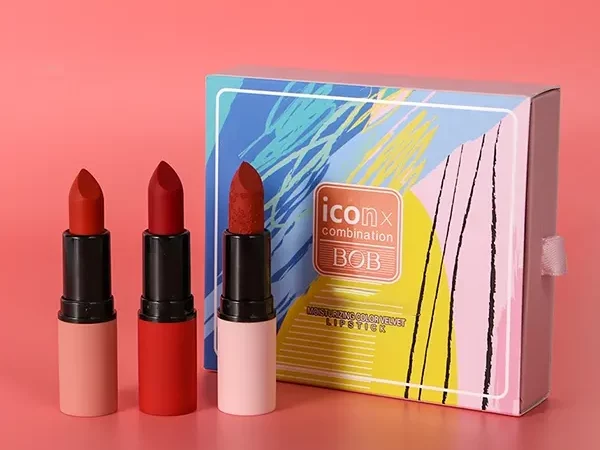Nowadays, lipstick has become an indispensable cosmetic in the life of modern women. It exerts a powerful magic on the red lips between this square inch, giving women more confidence. Along with people’s admiration for beauty, more and more lipstick manufacturers emerge as times require around the world. And bulk lipsticks are contracted by the factories of these manufacturers. Do you want to know something more about lipsticks? Keep reading! In this passage, I’ll show you more details of the lipstick manufacturing process and its history.
How Lipsticks Evolve
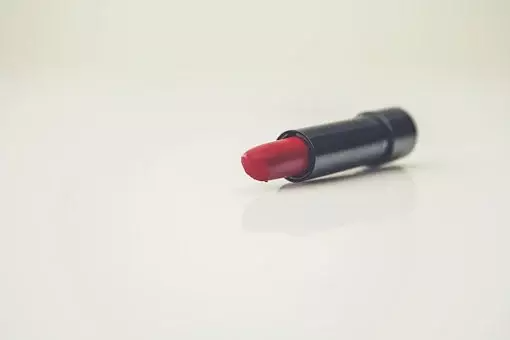
source: pixabay
Lipsticks has a long history. Archaeologists have found that the world’s first lipstick appeared in the Sumerian city of Ur as early as 5,000 years ago. However, the history of lipstick has not been so smooth. During the Middle Ages, Lipstick was considered heretical. Until Queen Elizabeth I came along and single-handedly reversed the situation. Later, after centuries of development, lipstick is gradually popular among all classes.
At the same time, the lipstick production process is also gradually developing. In the early 1890s, the prototype of modern lipstick, composed of grease and dye, was born. The paste lipstick was put in a small bottle and then smeared on the cane with a brush for easy carrying.
In 1884, Guerlain became the first company to make lipstick commercially, inventing the first tube made of deer grease, beeswax, and sesame oil wrapped in silk paper. Lipstick paste can not be turned out, to use the hand or brush to smear.
Then by 1923, James Bruce Mason Jr. invented knob lipstick. It allows women to slide a small lever on the tube with their nails to make the paste pop out. Since then, lipstick has become a popular product.
How Lipsticks Are Manufactured
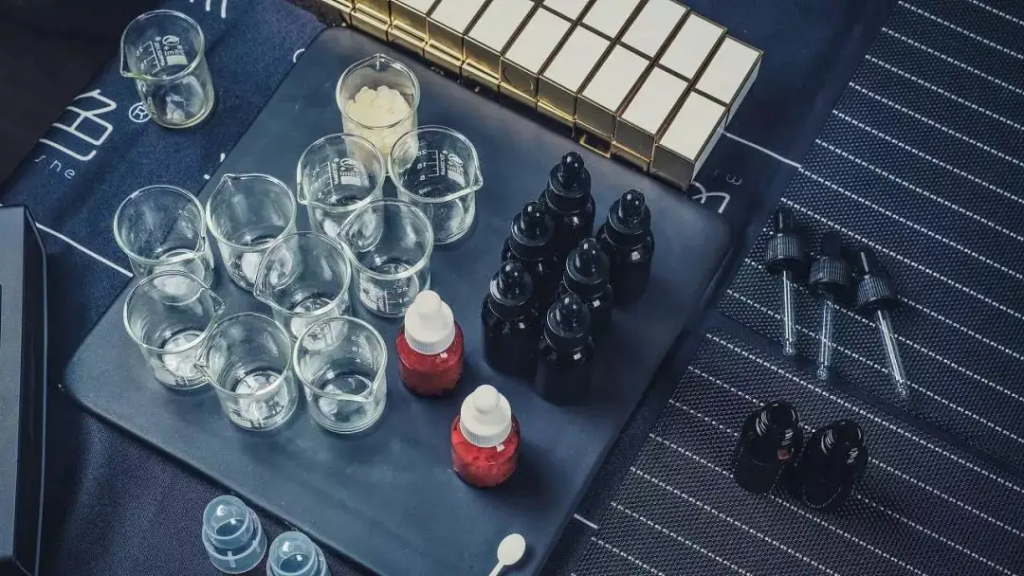
source: Baidu
Actually, to manufacture lipsticks, we must attach great importance to the raw materials and the manufacturing process. The manufacturing process of lipsticks is generally spilt into three steps: Melting And Mixing, MoldingLabeling as well as Packaging. But before it, we should get all the lipstick raw materials prepared. Thereinafter, I’ll show you how lipstick is made in the factory nowadays.
Raw Materials
Oil: 50-70%
Lipstick should have a good stretch. In order to facilitate gently using, generally with myristic acid isopropyl ester, glycerol 3 isostearate ester and other low viscosity of synthetic ester oil and high viscosity.
Wax: 20-30%
In order to improve the melting point of the product, to maintain the rod shape. Use a small amount of carnauba wax, candlestick wax, can improve the hardness of the rod, make the surface of the rod more bright. Lanolin and lanolin derivatives allow oils and waxes to mix easily and help disperse the dye, making it a solid lipstick with an even color.
Pigment: 5-15%
Pigments belong to functional materials, which can give lipstick different colors and beautify the lipstick
Manufacturing Process
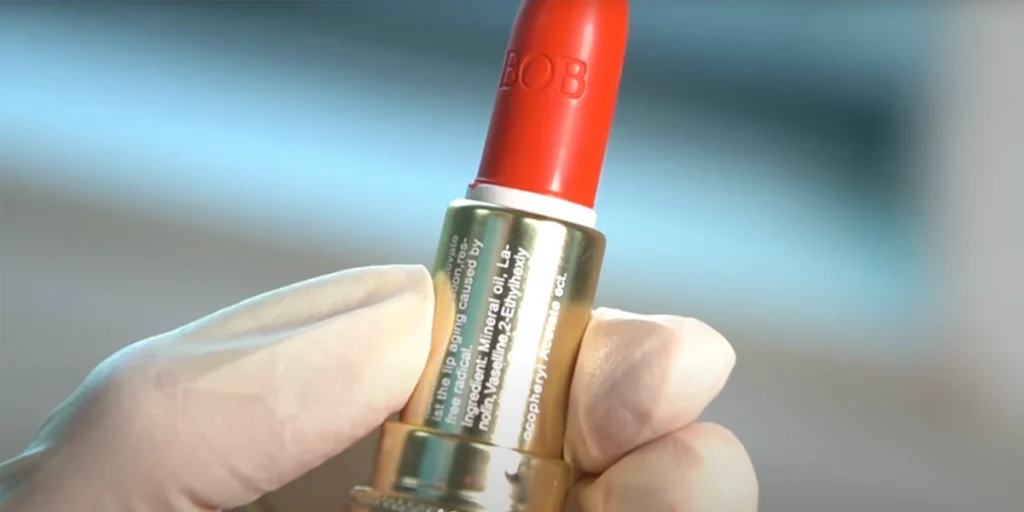
Source: https://www.siloran.com/
Melting And Mixing
The first step in lipstick production is mixing the pigments, the main substance that gives lipstick its color. Different shades of lipstick are mixed with varying proportions of pigments. Pigments can only control the color, but the suitable pigments are still solid, dry powder can not be attached to the lips for a long time. So the next step is to add oil to the blended pigments, decompose the pigments and melt them in the oil and stir them. Stirring is just a preliminary mix of ingredients, not smooth enough. To make the ingredients mix and color more evenly, they need to be ground in metal rollers to flatten the clumped particles so that the grease and pigments can be fully integrated.
After the pigment mass is melted and mixed, it is added to the hot wax mass until a uniform color and consistency is obtained. The liquid lipstick can then be filtered and shaped or poured into a pan and stored for future shaping. It’s worth noticing that if liquid lipstick is to be used immediately, the melt should be kept stirring at a temperature to allow trapped air to escape. If the lipstick is stored, it must be reheated before use, checked for color consistency, adjusted to specification, then held at melt temperature (with stirring) until it can be poured.
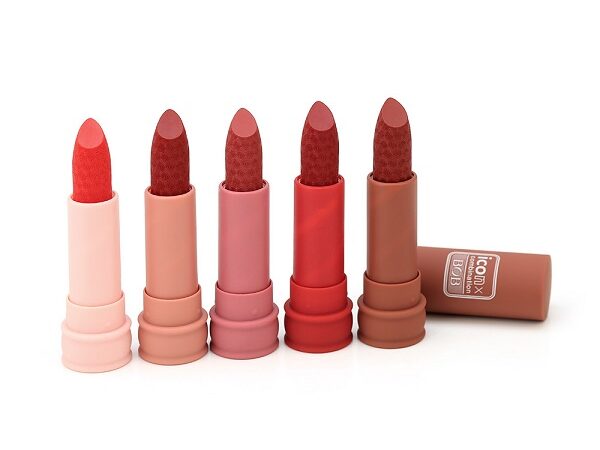
Molding
After finishing the preliminary mixture, the primary color has come out, but the problem is that the mixture is still liquid and will not form. So at this time, we need to use the raw material – wax, to solidify it. After adding polish to the mixture, heat for several hours until the wax melts. This allows the oil pigment to become encased in wax and solidify until the lipstick is applied to the lips, leaving liquid deposits on the lips.
Once heated and free of air, the liquid is poured into molds to shape them into sticks. Depending on the equipment the manufacturer has, different kinds of facilities are used. And we should stir with the lipstick filling machine to keep the lipstick liquid until the filling is complete. Then wait for cooling to remove the excess, the lipstick paste is finished!
However, in this process, we must pay attention to the cooling temperature. The temperature of the freezer is generally from -2 degrees(C) to 2 degrees(C); if it exceeds, it is necessary to check whether the inside of the machine is frosted, if so, it needs to be sprayed with alcohol for rapid ablation; perhaps check whether the freezer can work normally if there is any abnormality. If it is normal, you can restart the freezer and see if it can work normally after 5 minutes; (the excess water droplets inside the freezer need to be cleaned up in time!)
The speed of the cooling line should not be higher than 20(C) to prevent the freezing effect from being poor and the drafting from resulting in defective products; Moreover, to ensure quality clearance, while removing the lipstick, The worker should wrap the mold with cloth, takes it to the drafting place, pulls the mold with one hand, and checks whether the appearance is dirty, air bubbles, scratches, broken tips, etc. If there are any defects, they need to be removed. After molding, the lipstick at this time is close to the lipstick products we usually see.
Labeling And Packaging
When finishing putting the paste in the lipstick container without touching it and closing the lipstick caps, which is usually done by machine to ensure that the lipstick is properly installed into the container, we can get ready for labeling and packaging. Label recognition is also batched and applied as part of automated operations.
The final step in the lipstick manufacturing process is the packaging of the lipstick tube. A wide variety of packaging is available, from bulk packs to individual packs, including cosmetic bags packaged as a component or special promotional products. The packaging of the lipsticks varies, depending on the sales at retail outlets. Packaging may or may not be highly automated, and the packaging used depends on the end use of the product, not the manufacturing process.
Quality Control
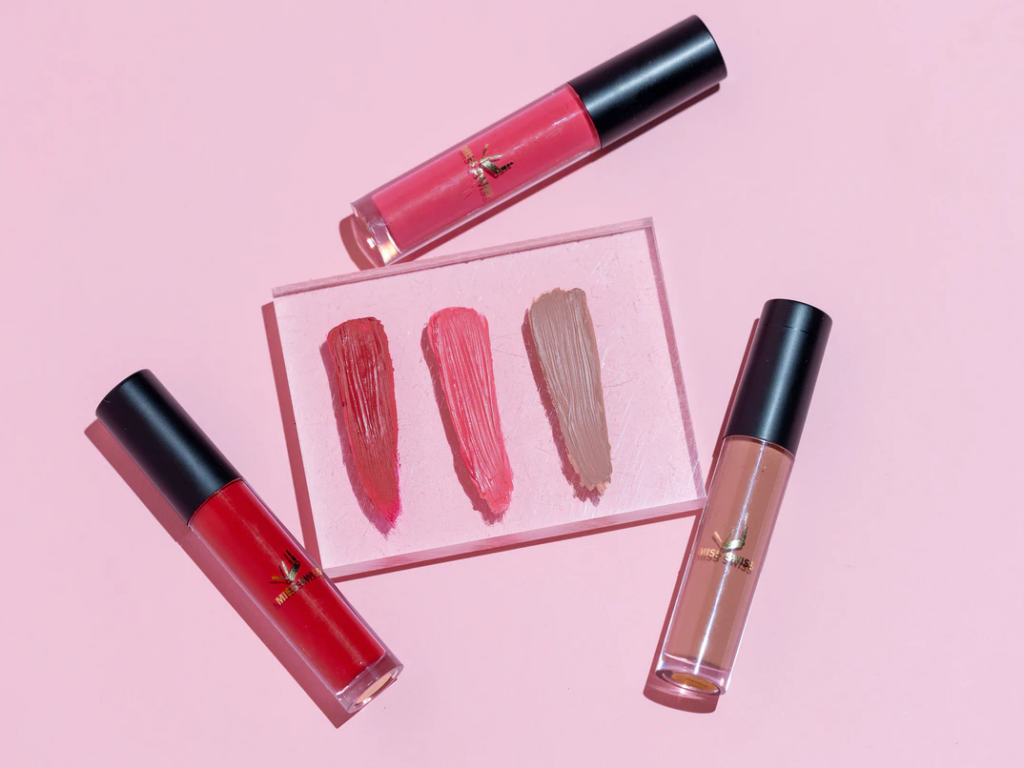
source: unsplash
Lipstick is the only cosmetic product that is ingested from the mouth, it‘s a must that it meets the Food and Drug Administration (FDA) standards, so quality control procedures of it are strict. It requires ingredients and manufacturing processes to be strictly controlled. Given that the lipstick is mixed and processed in a controlled environment, there is no contamination in the process, so its ingredients are controlled to ensure they meet the required specifications.
The appearance of lipstick is an important inspection element in quality inspection, so everyone involved in production becomes an inspector, and non-standard products are either reworked or scrapped. The final inspection of each tube is carried out by the consumer and, if not satisfied, will be rejected at the retail level.
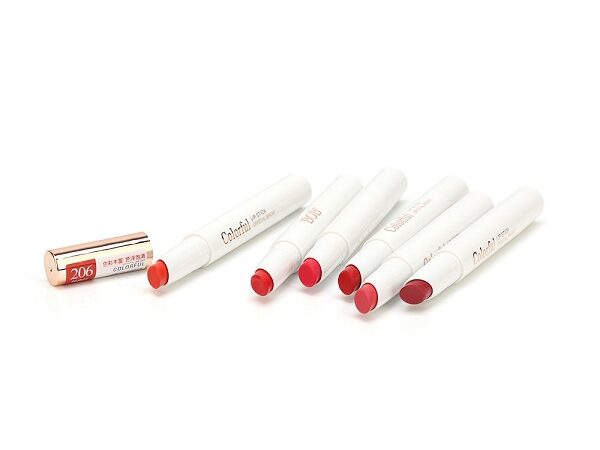
Source: https://www.siloran.com/category/solid-lipstick/
Lipstick color control is also crucial. Pigment dispersion is strictly checked when new batches are produced, and the color is carefully controlled when reheating lipstick blocks.
There are always two special tests for lipstick quality inspection: heat test and longevity test. In the high-temperature test, the lipstick is placed in an extended position in a holder and then placed in a constant temperature oven at over 54 degrees Celsius for 24 hours. The lipstick cannot sag and deform.
In the burst test, the lipstick was placed in two holders and weight was applied to the holder of the lipstick section every 30 seconds until the lipstick burst. The pressure required to break is then checked against the standards of the lipstick manufacturers.
Key Takeaway
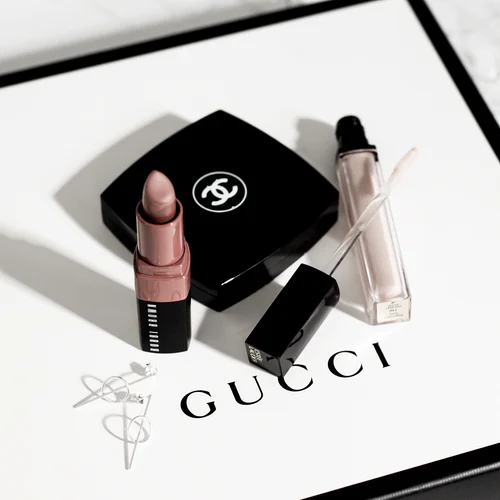
source: unsplash
With the consumption upgrade of middle and high-end people, the high-end port red market will grow rapidly. With the upgrading of the consumer structure of makeup products in China, high-quality lipstick will become the mainstream of lipstick market consumption.
And in recent years, with the improvement of people’s living standards, consumers are paying more and more attention to health. As an “edible lipstick”, organic lip/lipstick has a rapid growth trend and a better market prospect. Care for the next generation has also led to a unique model for pregnant women. In the face of the highly competitive beauty market, the organic lipstick/lipstick segment has huge potential.


